 If you are familiar with the tiling industry and different types of tiles, then you’ll have heard about various options of floor and wall tiling that can be used in various applications. Some choices of tiling materials are made from natural stone, rather than manmade materials like vinyl and laminate tiles.
If you are familiar with the tiling industry and different types of tiles, then you’ll have heard about various options of floor and wall tiling that can be used in various applications. Some choices of tiling materials are made from natural stone, rather than manmade materials like vinyl and laminate tiles.
Natural stone tiles are, essentially, one of the more popular tiling applications. Loved for their unique aesthetic and natural appearance, tiling with natural stone is a key skill for tilers to develop and will undoubtedly be a required task in any tiler’s career. We offer a natural stone tiling course for anyone wanting to get into working with natural stone.
However, what exactly is natural stone? And what should you consider before applying natural stone tiles?
Types of Natural Stone
Natural stone is, ultimately, any type of stone that has been taken from the earth and is primarily the stone quarried from mountain ground. The types of natural stone commonly used in tiling are:
- Slate. Slate is generally quarried in fine layers and ranges in colour from light to dark grey, depending on the type of slate you opt for.
- Granite. Granite is a highly durable tiling material and is heavily resistant to dirt. Granite is, therefore, a popular material for floor tiles that have heavy use and/or high levels of foot traffic.
- Limestone. Softer choices of limestone tiles should be used in areas where the floor is not in constant use. There is also the option of harder limestone that tends to be darker in colour than softer limestone choices.
- Basalt. Basalt shares many similarities with granite. It is a very hard natural stone, sourced from volcanoes, and is dark grey in colour.
- Quartzite. Quartzite has a sparkling finish and is becoming increasingly popular in kitchen applications.
- Marble. Marble is known for its beautiful and long-lasting applications. Marble has connotations of luxury and tradition.
- Sandstone. Sandstone is popular for country-style properties. Sandstone tiles are known for their smooth appearance and natural edge.
- Travertine. Travertine tiles generally have a lighter appearance and are a popular type of tile for many building projects.
What to consider when choosing your natural stone tiles
Before purchasing your natural stone tiles, you should ensure to thoroughly research where you are buying from, and that the type of tile is suitable for your particular application.
Ultimately, there is the possibility of some tiles getting scratched easily and wearing down quickly, particularly where an unsuitable material is selected for a particular purpose.
To avoid the excessive wear and tear of brand new tiles, you should consider whether your tiles are being used for indoor or outdoor use and whether the tiles need to withstand heavy foot traffic.
In addition, you should consider the grade of the tiles. Grade 1 tiles are extremely high-quality, while grade 2 can have some chips and imperfections. Grade 3 tiles tend to be significantly flawed.
Another thing to think about is the absorption of the tiles. If the tiles have a high absorption rating, they can be more susceptible to staining and further damage. Vitreous tiles is the name given to tiles that offer a standard absorption rate, suitable for low to medium amounts of foot traffic, both indoors and outdoors.
How can a professional tiler help you select your natural stone tiles?
In most cases, a reliable, experienced and qualified tiler can be well-informed about the best place local to you where you can buy natural stone tiles. It is beneficial to buy natural stone tiles from a local dealer, so to keep environmental impact to a minimum.
A professional tiler can also help inform you about the most suitable type of natural stone for your particular project.

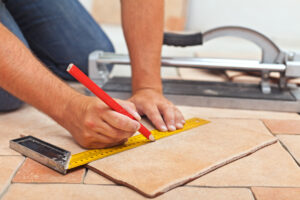 Tiling is often a career that people go into at an older age. After all, the process of laying tiles is not taught in schools. That’s why tiling courses, accessible to those who have been out of the learning environment and trained in other disciplines, are extremely important for those looking to start a new career in tiling.
Tiling is often a career that people go into at an older age. After all, the process of laying tiles is not taught in schools. That’s why tiling courses, accessible to those who have been out of the learning environment and trained in other disciplines, are extremely important for those looking to start a new career in tiling.
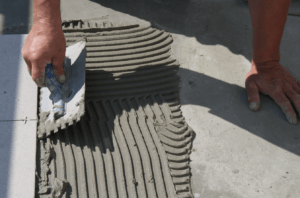
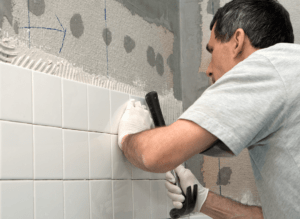
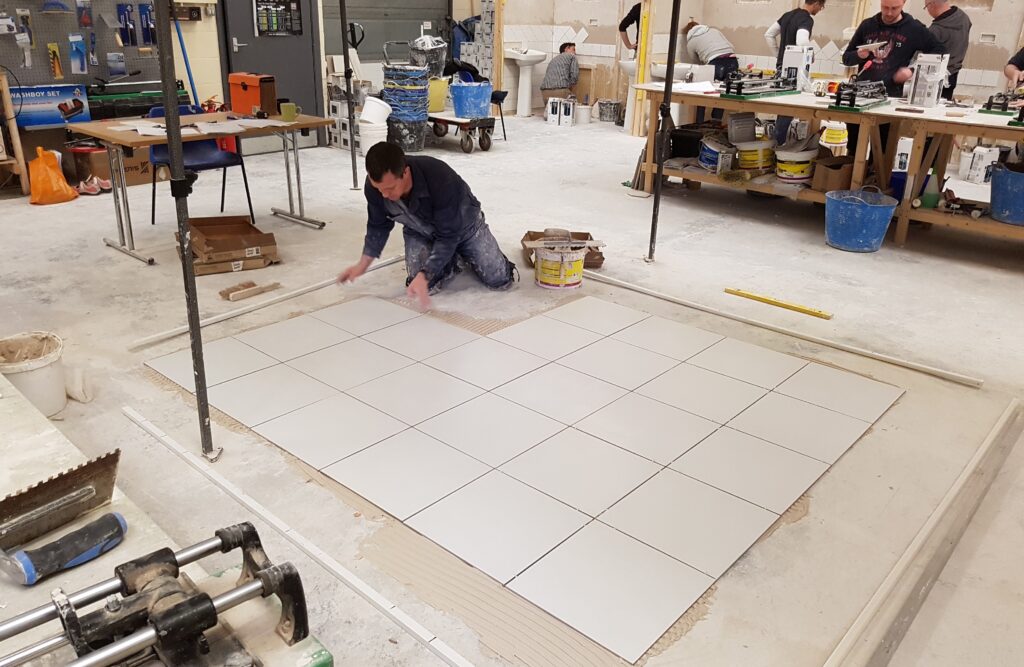
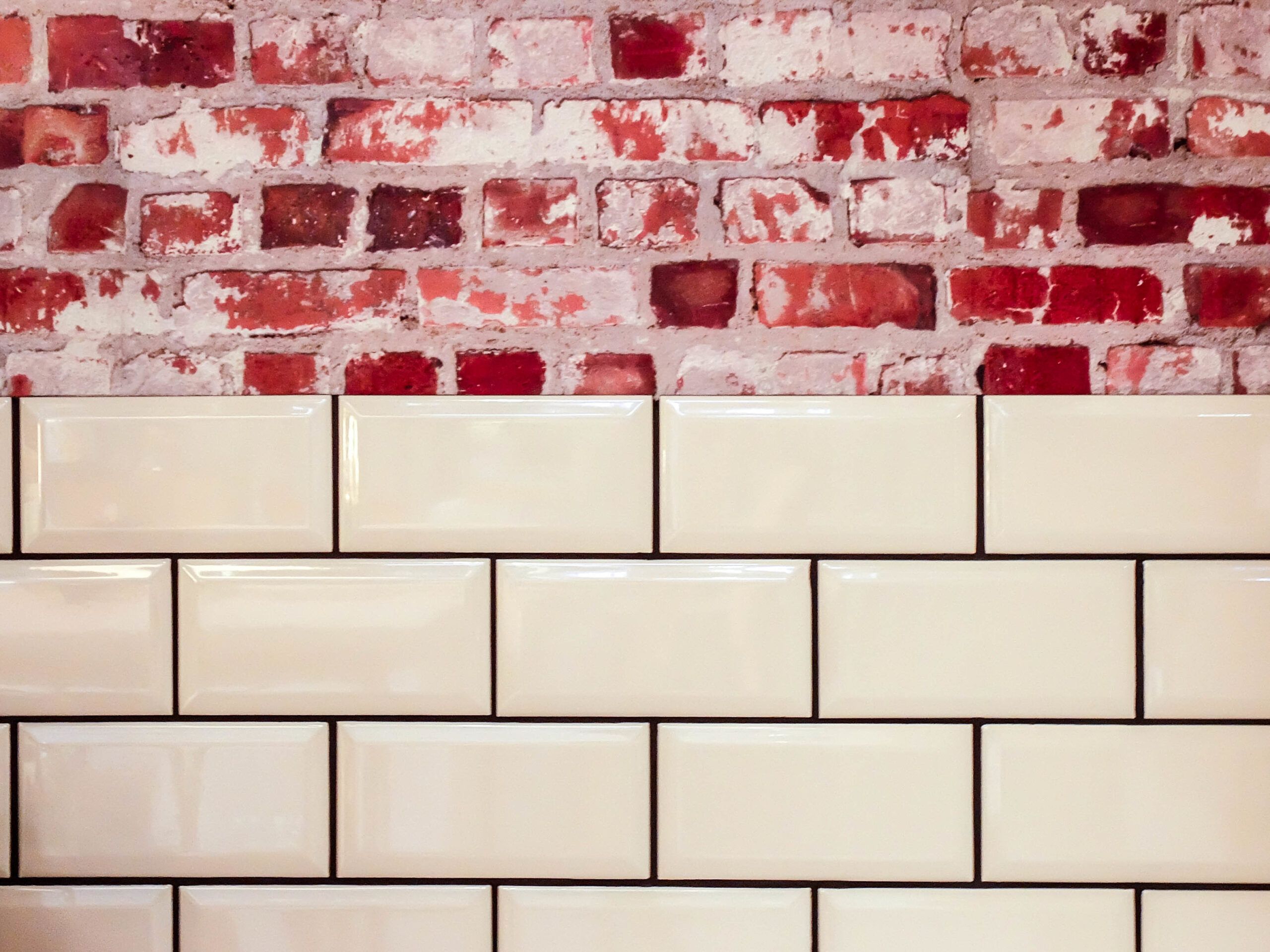


 dedicated
dedicated